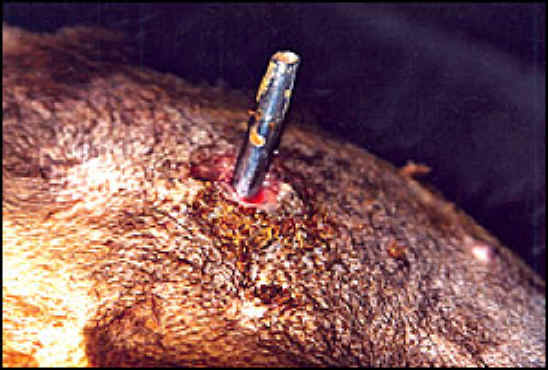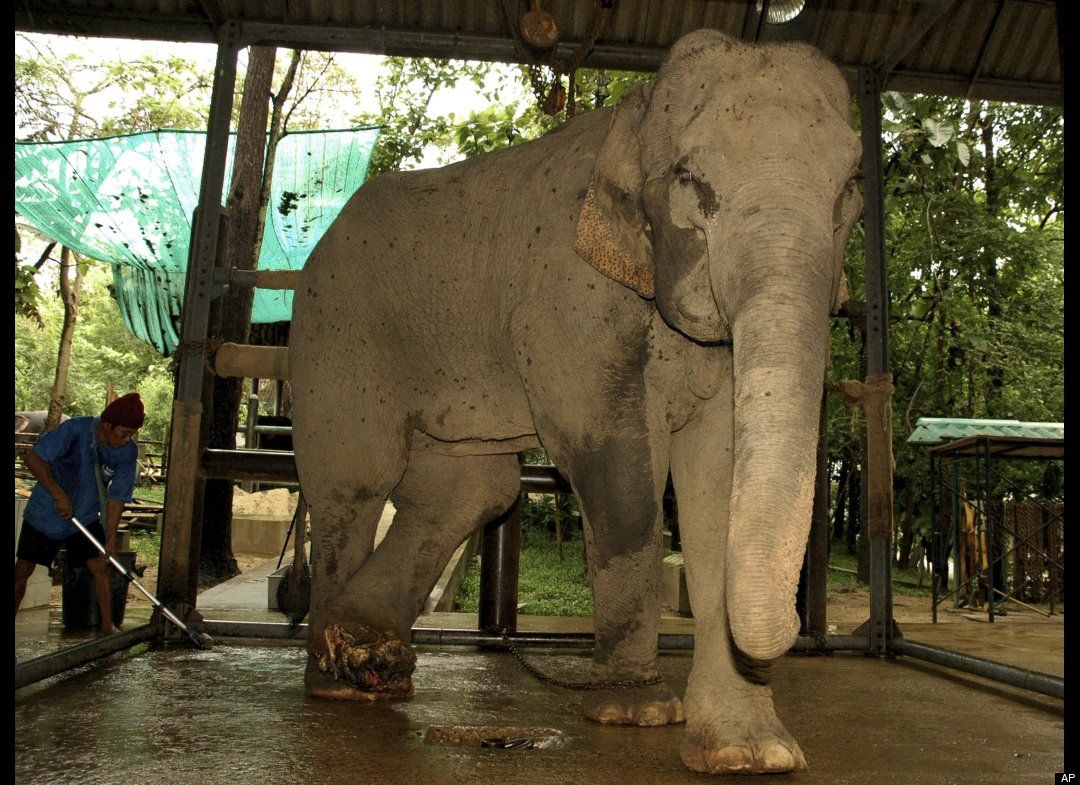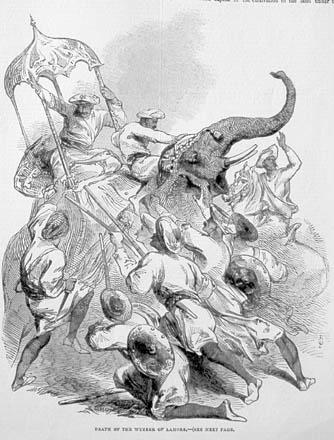Owls are often overlooked as animals of great importance, but their contribution to the environment is significant. The trade of these birds is slowly wiping them out.
Owls are prized in India, especially in tribal communities, for their mystical qualities and use in black magic. They are believed to be able to ward away evil spirits. Tantriks (rituals) involving owls can also be performed to help with prolonged sickness, infertility and even the desire for a male child. The tantrik prescribes rituals to be performed with either owl parts, or by sacrificing an owl on a new moon night, the most popular being tonight, Deepavali.

The report warns that the wild owl population is under threat. Source:Abrar Ahmed, Traffic.
The owls’ bodies parts are thought to have medicinal properties, eyes are thought to assist with seeing in the dark or curing fits.
Owls are not just being caught from the wild for sacrifices and body parts. Some owls are used in street performances, replacing the dancing bears, as the ‘bear charmers’ were being persecuted by wildlife authorities.
Five Species of Owls Most Commonly Found for Sale in India.
1. Spotted owlet (Athene brama)
2. Barn owl (Tyto alba)
3. Rock Eagle-owl (Bubo bengalensis)
4. Jungle owlet (Glaucidium radiatum)
5. Collared Scops-owl (Otus bakkamoena)
So, is the Harry Potter reference merely a tenuous link? Clearly there is no owl sacrifice in the books and films, but Harry does keep his snowy owl, Hedwig, in an exceptionally small cage throughout the film. Owls are also seen delivering the post, including a broomstick and have an important role to play during the films. Middle classes are jumping onto the Harry Potter bandwagon; throwing themed parties complete with rented owl.
In India, owls have been used in mythology for centuries, so to place all the blame on Harry Potter mania, the films especially, is quite unfair. However, what could have been a dying trade, seen only in remote tribes, could be re-emerging stronger than before.
Deepavali is the festival of lights, where good triumphs over evil, let’s hope that the light will be shed on the illegal trade of owls and that it will soon be curbed.
















